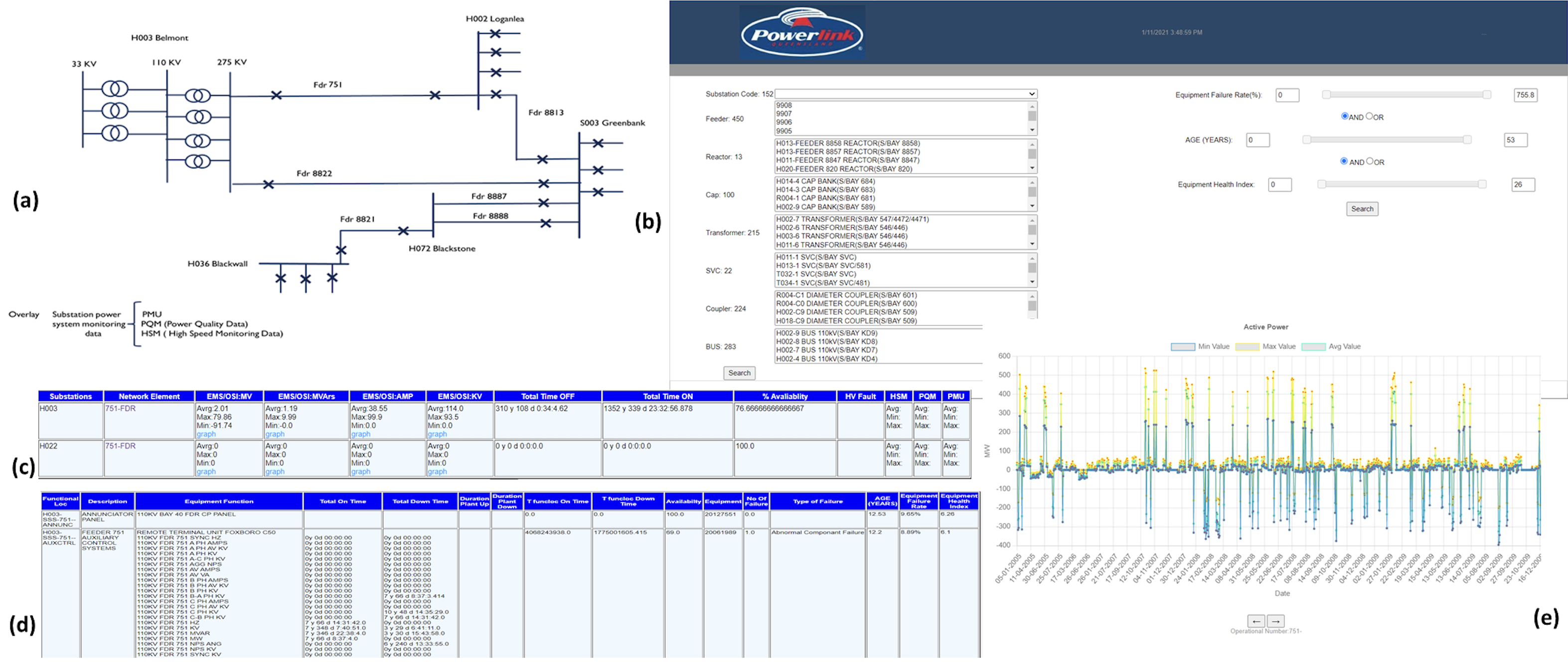Overview
When a fault, occurs at a substation, the Supervisory Control and Data Acquisition system in the substation sends indications or alarms, relating to the fault, to a control center. In response to the fault, the Subject Matter Experts (SMEs) are required to investigate. The SMEs manually review fault data, together with device data to try and identify contributing factors associated with the fault. Once the contributing factors have been identified, analysed and the cause is narrowed down, the SME raises a fault notification associated with an item of plant/equipment in the corporate database system (SAP) with a probable cause of the fault.
The fault notification is raised against the item of the plant that has failed, together with the failure mode identified b the SMEs. However, in practice, the fault is not always associated with the equipment correctly due to the practical implementation of the systems and equipment and may lead to false alarms. This makes it more difficult and time consuming to carry out efficient identification to resolve the issue and maintaining reliable and safe operation of the whole system.
Outcomes

Key features and advantages
- Identification of anomalous fault entry details through automatic analysis of the historical information available from substations, also suitable for future online application.
- Identify, predict, and carry out root cause analysis of asset issues, abnormalities, and failures.
- Analyse data correlation, filtering, and clustering of data in association, and relation to, typical false alarm failures.
Funding
Amount:
Duration:
Partners:
- Powerlink Queensland